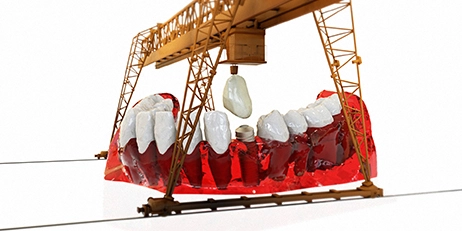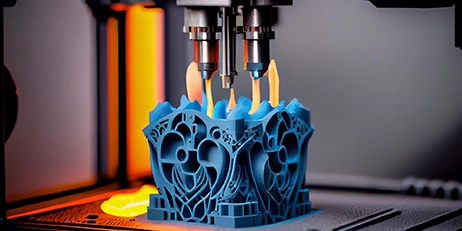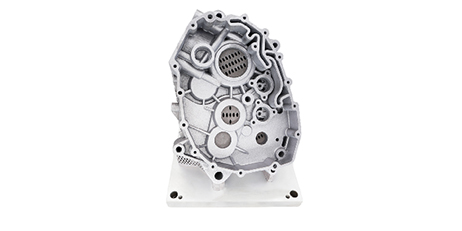Not everyone knows that the currently widely-recognized 3D printing technology first appeared in 1983.
In 2012, a British magazine published that 3D printing was one of the major marks of "the third industrial revolution", which has drawn wide attention around the world. However, 3D printing is not developing smoothly all the time, such as the influence from COVID-19 pandemic.
So from minority to popularization, what else does 3D printing need to experience?

Pliers printed by stainless steel with Eplus3D metal 3D printers
Advantages of 3D Printing
2D printing is to convey message, while 3D printing is to realize function directly. 3D printing is also called "additive manufacturing", which needs to create CAD model, then print layer by layer with 3D printers. Compared to traditional subtractive manufacturing, additive manufacturing can bring multiple benefits.
1. Shorten manufacturing time to improve efficiency.
Usually it takes several days to print one object with traditional manufacturing while it only needs several hours with 3d printing. Besides, additive manufacturing is very suitable to print parts with complex shapes. Of course, this is also limited to the performance of 3d printers and the size and complexity of the printed parts.
2. Improve the utilization rate of raw materials.
Few waste will be created with additive manufacturing when to print metal parts, which is more environmental friendly.
3. Improve product performance by printing complex structures directly.
There are restrictions on the manufacturing of complex structures with traditional manufacturing method. However, with additive manufacturing, it can improve product performance by printing complex structures directly, which has brought incomparable advantages on the applications on aerospace, aviation, tooling and other industries.
Actually, 3d printing was first used to print models for tooling and industrial design industries. Later, it was used for the direct manufacturing of products or parts, covering aerospace, engineering construction, medial, education, automotive and other industries.
As the technology becomes mature gradually, 3d printing is also showing its commercial value continuously, but it still faces with some unsolved dilemmas from minority to popularization.
Challenges of 3D Printing
On one hand, for the manufacturing of standard parts, traditional manufacturing has higher scale benefits than 3d printing.
On the other hand, the materials applied in 3d printing are limited. Besides, there are often special requirements for the materials used in 3d printing. For example, for metal 3d printing, usually it requires powders as raw materials, and it has requirements on the uniformity, oxygen content, particle size of metal powders.

3d printing with metal powders
Future of 3D Printing
Form the perspective of the commercial application and marketization of 3d printing, 3d printing industry has become a relatively complete industry chain after over 30 years of development, including the parts needed for 3d printers, raw materials, design and software, 3d printing service, and aerospace, automotive, medical, education and other application industries.
In fact, 3d printing industry is growing fast both globally and domestically. Eplus3D, as a Chinese leading AM manufacturer, also develops fast by launching a new large metal AM machine EP-M450H recently. Its products has been exported to more than 40 countries and regions worldwide.
3D printing technology has brought us infinite imagination of the future manufacturing mode. In the future, the physical limit and space limit of traditional manufacturing will not be so important and the design and manufacturing will be more and more open and flattening.
Look forward to the future of 3D printing!

























